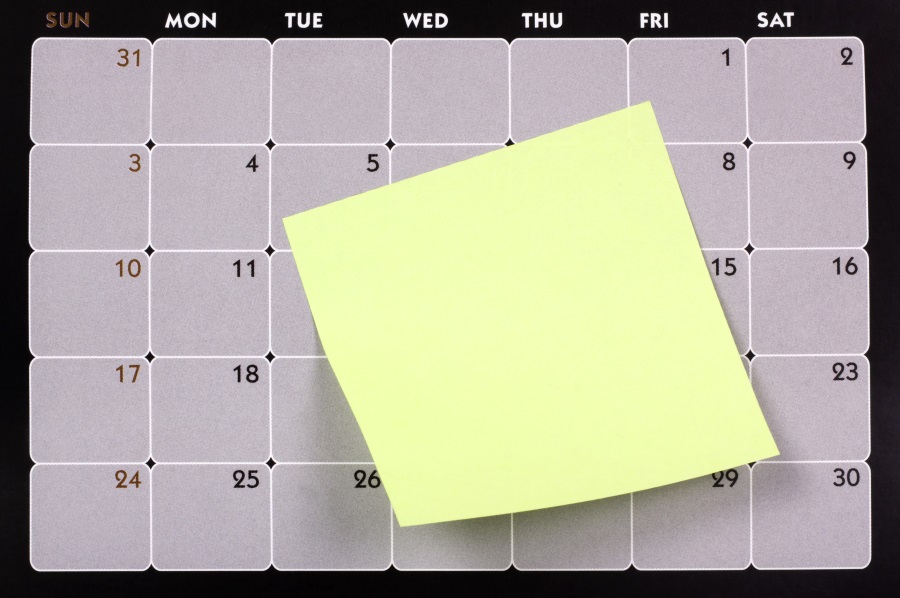 An actively updated blog does wonders for your search engine optimization. Recently I attended a conference of women entrepreneurs. Of the approximately 75 people present, about one third of them had blogs. Only two people in the room, including me, blogged once a week. They were obviously not meeting blogging deadlines.
An actively updated blog does wonders for your search engine optimization. Recently I attended a conference of women entrepreneurs. Of the approximately 75 people present, about one third of them had blogs. Only two people in the room, including me, blogged once a week. They were obviously not meeting blogging deadlines.
This is a sad missed opportunity to bring people to your website. Once you commit to starting a blog, you should work out systems for meeting your blogging deadlines.
Few things look more neglected in the online world than a blog that has not been updated for years.
Consistency is essential when running a top-notch blog. There are many ways to successfully manage your blogging schedule. Every writer is different and each of us has his or her own flow.
I like to prepare my blogs for the week on the weekend. Others write posts for a month at a time.
WordPress lets you write a post today and schedule it to be published at a specific date and time. This allows you to write when you have time and to release your post when it is fits your typical publishing pattern.
Here’s a 5-step process that’s worked well for me based on the best practice of goal setting to help keep you on track: setting goals and working backwards.

Blogging Deadlines
1. Create a publishing schedule
Start by deciding when and how often you will publish. A very general guideline is to shoot to publish at least one post weekly. If you can keep up that schedule, you can choose to publish bi-weekly as well.
2. Set Specific Dates for Specific Posts
Do a brain dump of all the possible topics you can think of to blog about. This is your idea list. If you already have an idea list, assign a specific date to each subject or idea.
This is a provisional schedule, so you can switch posts to different dates once you start to see a pattern, logical or relational flow in the content ideas. For right now, it’s good to just have blogging deadlines you can commit to and work with.
3. Create an Editorial Calendar.
This is simply a decision about what topics you want to cover. One pattern is to post for a month on a particular topic. For example, I could use this blog to post for a month on publishing options. The next month, I could post on writing tips.
Or, you may vary the topics, which is what I do. I write on a variety of topics, such as publishing, writing tips, ghostwriting, book writing. I change the topics each week.
4. Identify the Steps
Identify the steps necessary to create a single piece of content. You may be able to sit down and dash off an excellent blog post on the day it is to be published, but it’s highly probable you’d be missing out on maximizing your effort.
On the other hand, you may decide to write all your posts at once in one “writing” day or afternoon to make keeping your blogging deadlines easier.
I’ve had days when the urge to write is so strong that the words simply flow. It pours out of me. Those are moments of pure joy.

Examples of preparation steps might be:
- Planning and research
- Outline
- Rough draft writing
- Editing
- Publishing
- Promoting
You may find that it’s best to plan and outline one day, write the next, and edit and post on the third day. Decide what works best for you and if you’re not sure, use the list above and see how it goes. You can always add or adjust your steps later.
And unless blogging is a way for you to earn income, by promoting products using affiliate links, keep your perspective. It shouldn’t take you all day to write a blog post. Generate direct income first.
5. Schedule or Time Block the Steps on Your Calendar
Finally, assign a specific date and time to complete each step (use your calendar’s duplicate or repeat function to set aside so it becomes a habit). Work backwards from the publishing day and set aside time for each step on your calendar.
For example, if you have just the three steps of planning, writing, and editing, your publishing schedule might look something like this:
- Friday morning: Edit post and publish
- Thursday morning: Write post
- Wednesday: Create outline
With each step entered consistently on your calendar, you’ll have a good blogging schedule where you never feel rushed. There’s plenty of time to give each step the attention it deserves. This helps ensure you consistently publish quality content within your blogging deadlines.
 Pat Iyer is an editor, author, book coach and ghostwriter who helps individuals create books that encourages their expertise to shine and advances their businesses. She has written or edited 48 of her own books.
Pat Iyer is an editor, author, book coach and ghostwriter who helps individuals create books that encourages their expertise to shine and advances their businesses. She has written or edited 48 of her own books.
Pat began blogging in 2009. Since then, she has written over a thousand blog posts for entrepreneurs, attorneys, legal nurse consultants and patients.